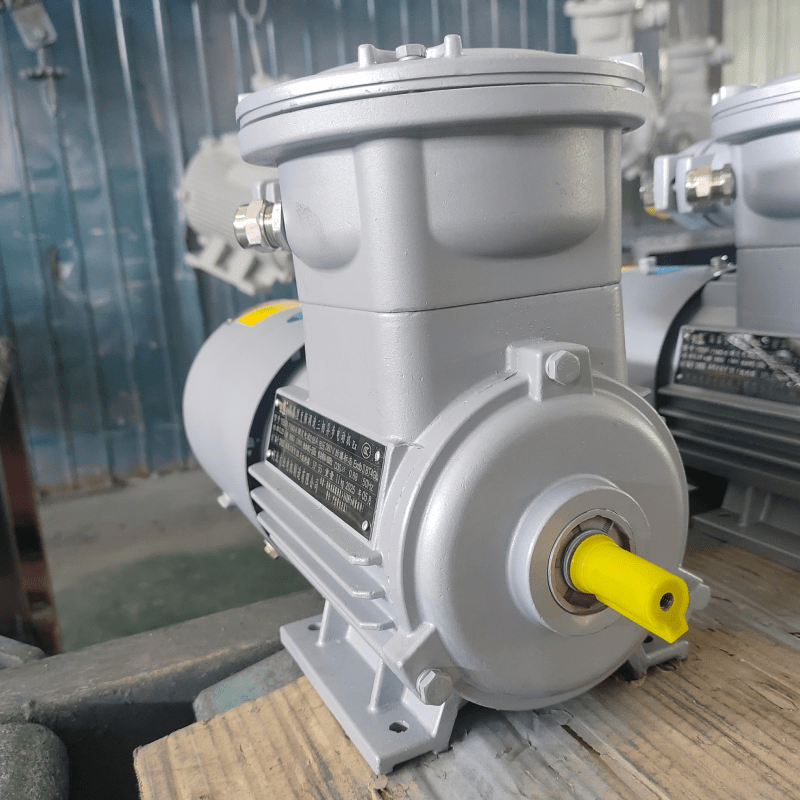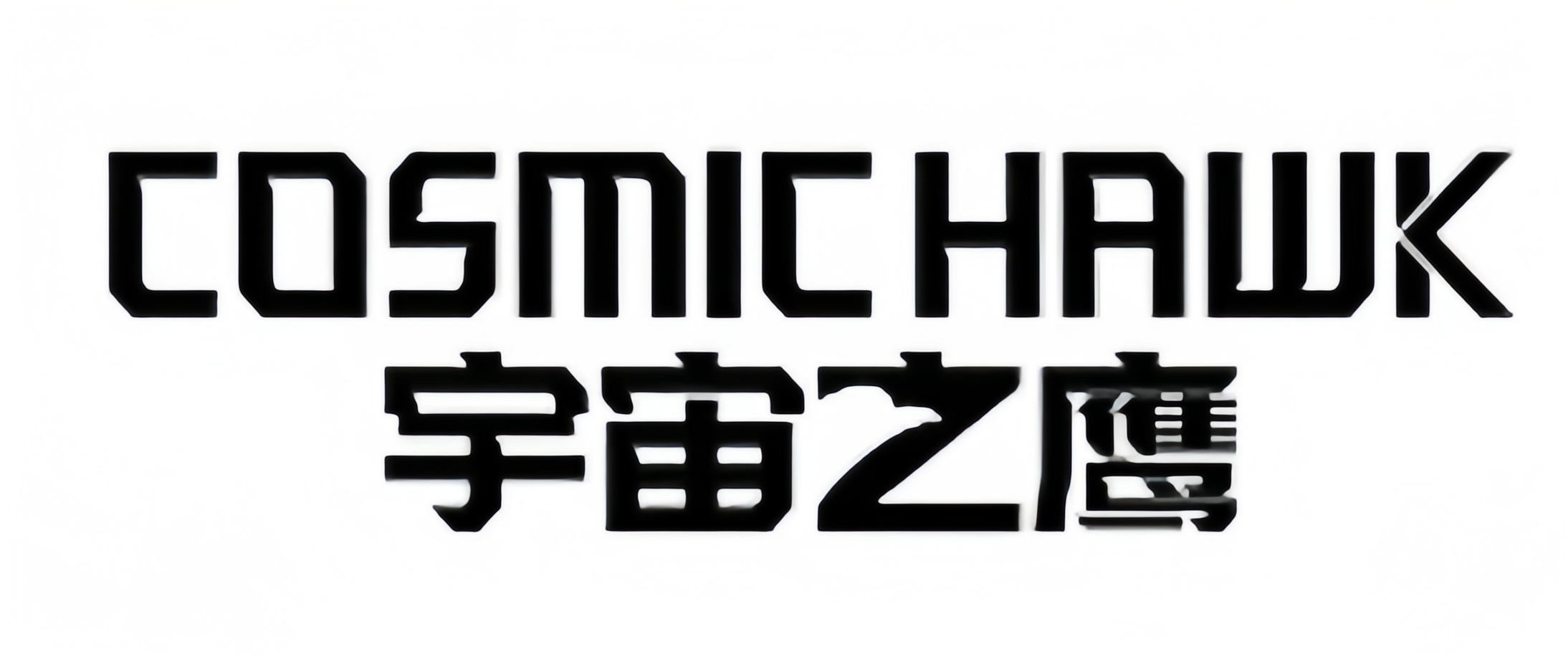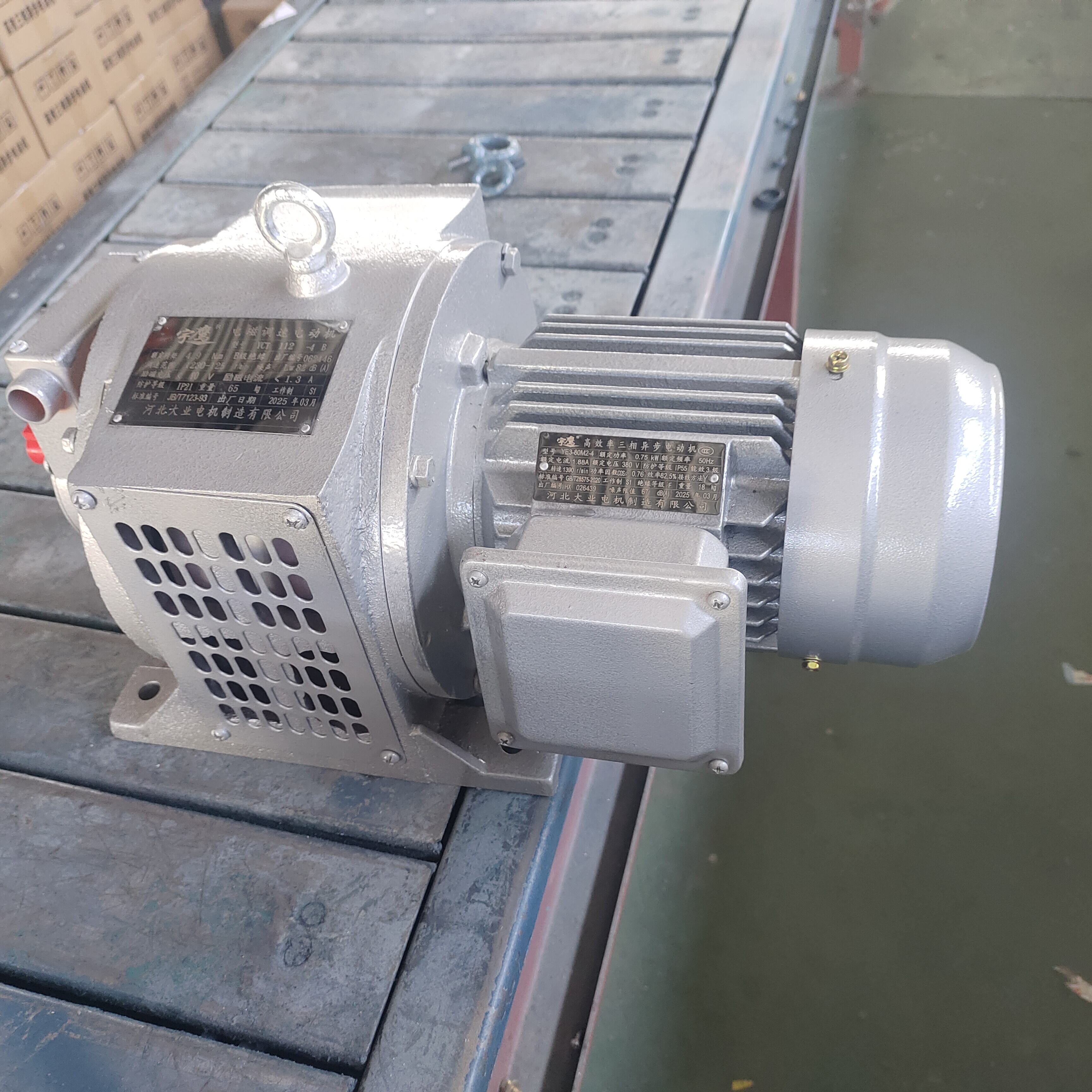Revolutionizing Industrial Performance Through Advanced Motor Technology
The evolution of induction electric motor technology has transformed modern industrial operations, offering unprecedented levels of efficiency and reliability. As we approach 2025, innovative optimization techniques are emerging that promise to revolutionize how these essential components perform in various applications. Understanding and implementing these cutting-edge efficiency improvements can lead to significant cost savings and enhanced operational performance.
In today's competitive industrial landscape, maximizing the efficiency of induction electric motor systems has become more critical than ever. With rising energy costs and increasing pressure to reduce carbon footprints, organizations are seeking advanced solutions to optimize their motor operations. The latest developments in motor technology present exciting opportunities for businesses to achieve these goals while maintaining high performance standards.
Advanced Motor Design Optimization
Material Innovations in Core Construction
Recent breakthroughs in material science have led to remarkable improvements in induction electric motor efficiency. Advanced silicon steel alloys and composite materials are now being incorporated into motor cores, significantly reducing energy losses due to magnetic hysteresis and eddy currents. These new materials offer superior magnetic properties while maintaining structural integrity under high-stress conditions.
The integration of nano-crystalline materials in motor laminations has shown particularly promising results. These materials exhibit exceptional magnetic properties and minimal core losses, leading to efficiency improvements of up to 3% compared to traditional materials. Manufacturers are also experimenting with advanced coating techniques that further reduce inter-laminar losses.
Optimized Winding Configurations
The arrangement and design of motor windings play a crucial role in determining overall efficiency. Modern winding optimization techniques utilize computational fluid dynamics and thermal modeling to create configurations that minimize copper losses while maintaining optimal magnetic flux distribution. Advanced winding patterns reduce end-turn lengths and improve slot fill factors, resulting in better thermal management and increased power density.
Engineers are now implementing distributed winding schemes that reduce harmonic losses and improve power factor. These sophisticated winding arrangements, combined with precision manufacturing techniques, enable better utilization of available space and enhanced thermal performance.

Smart Control Systems Integration
Variable Frequency Drive Advancements
The integration of advanced variable frequency drives (VFDs) with induction electric motor systems has revolutionized speed control and energy efficiency. Modern VFDs utilize sophisticated algorithms to optimize motor operation across varying load conditions. These systems continuously monitor and adjust operating parameters to maintain peak efficiency while reducing unnecessary energy consumption.
Recent developments in VFD technology include adaptive control systems that learn from operational patterns and automatically optimize performance parameters. These intelligent drives can predict maintenance requirements and adjust operation to prevent efficiency losses before they occur.
Real-time Monitoring and Analytics
The implementation of IoT-enabled monitoring systems provides unprecedented insight into motor performance. Advanced sensors and analytics platforms continuously track key parameters such as temperature, vibration, and power consumption. This real-time data allows for immediate identification of efficiency losses and enables proactive maintenance strategies.
Machine learning algorithms process this data to identify patterns and predict potential issues before they impact performance. These predictive capabilities help maintain optimal efficiency levels while reducing downtime and maintenance costs.
Thermal Management Solutions
Advanced Cooling System Designs
Effective thermal management is crucial for maintaining high efficiency in induction electric motor operations. Modern cooling solutions incorporate innovative designs that optimize heat dissipation while minimizing energy consumption. Advanced cooling fin geometries and strategic air flow patterns maximize heat transfer without compromising motor performance.
The latest cooling systems utilize phase-change materials and hybrid cooling techniques to maintain optimal operating temperatures under varying load conditions. These solutions provide more consistent performance and extended motor life while reducing energy requirements for cooling.
Thermal Monitoring and Control
Sophisticated thermal monitoring systems now provide comprehensive temperature mapping across motor components. This detailed information enables precise control of cooling systems and helps prevent efficiency losses due to thermal stress. Advanced thermal management controllers adjust cooling intensity based on real-time temperature data and operational demands.
Integration of thermal monitoring with predictive maintenance systems allows for early detection of potential thermal issues that could impact efficiency. This proactive approach helps maintain optimal performance while preventing unnecessary energy waste.
Energy Recovery and Regeneration
Regenerative Braking Systems
Modern induction electric motor systems increasingly incorporate regenerative capabilities that capture and reuse energy during deceleration or braking. These systems convert kinetic energy that would otherwise be lost as heat back into electrical energy, significantly improving overall system efficiency.
Advanced regenerative systems can recover up to 30% of the energy typically lost during braking operations. This recovered energy can be stored in capacitors or batteries for later use, or fed back into the power grid, providing substantial energy savings in applications with frequent start-stop cycles.
Energy Storage Integration
The integration of energy storage systems with induction electric motors enables more efficient energy management and improved performance during peak demand periods. Modern storage solutions utilize advanced battery technologies and ultra-capacitors to provide rapid energy storage and release capabilities.
Smart energy management systems optimize the flow of power between motors, storage devices, and the grid, ensuring maximum efficiency under varying load conditions. This integration helps stabilize power consumption and reduces overall energy costs.
Frequently Asked Questions
How do modern induction electric motors achieve higher efficiency ratings?
Modern induction electric motors achieve higher efficiency through a combination of advanced materials, optimized designs, and smart control systems. Key improvements include the use of low-loss magnetic materials, enhanced winding configurations, and sophisticated variable frequency drives that optimize operation based on load conditions.
What role does thermal management play in motor efficiency?
Thermal management is crucial for maintaining motor efficiency as it helps prevent energy losses due to excessive heat. Advanced cooling systems and thermal monitoring ensure optimal operating temperatures, extending motor life and maintaining peak performance levels.
How can energy regeneration systems improve overall motor efficiency?
Energy regeneration systems capture kinetic energy during braking or deceleration and convert it back into electrical energy. This recovered energy can be stored or reused, significantly improving system efficiency, particularly in applications with frequent speed changes or stop-start operations.
What maintenance practices are essential for maintaining motor efficiency?
Regular maintenance practices should include monitoring bearing condition, checking alignment, cleaning cooling systems, and analyzing power quality. Implementing predictive maintenance strategies using IoT sensors and analytics helps prevent efficiency losses and extends motor life.


